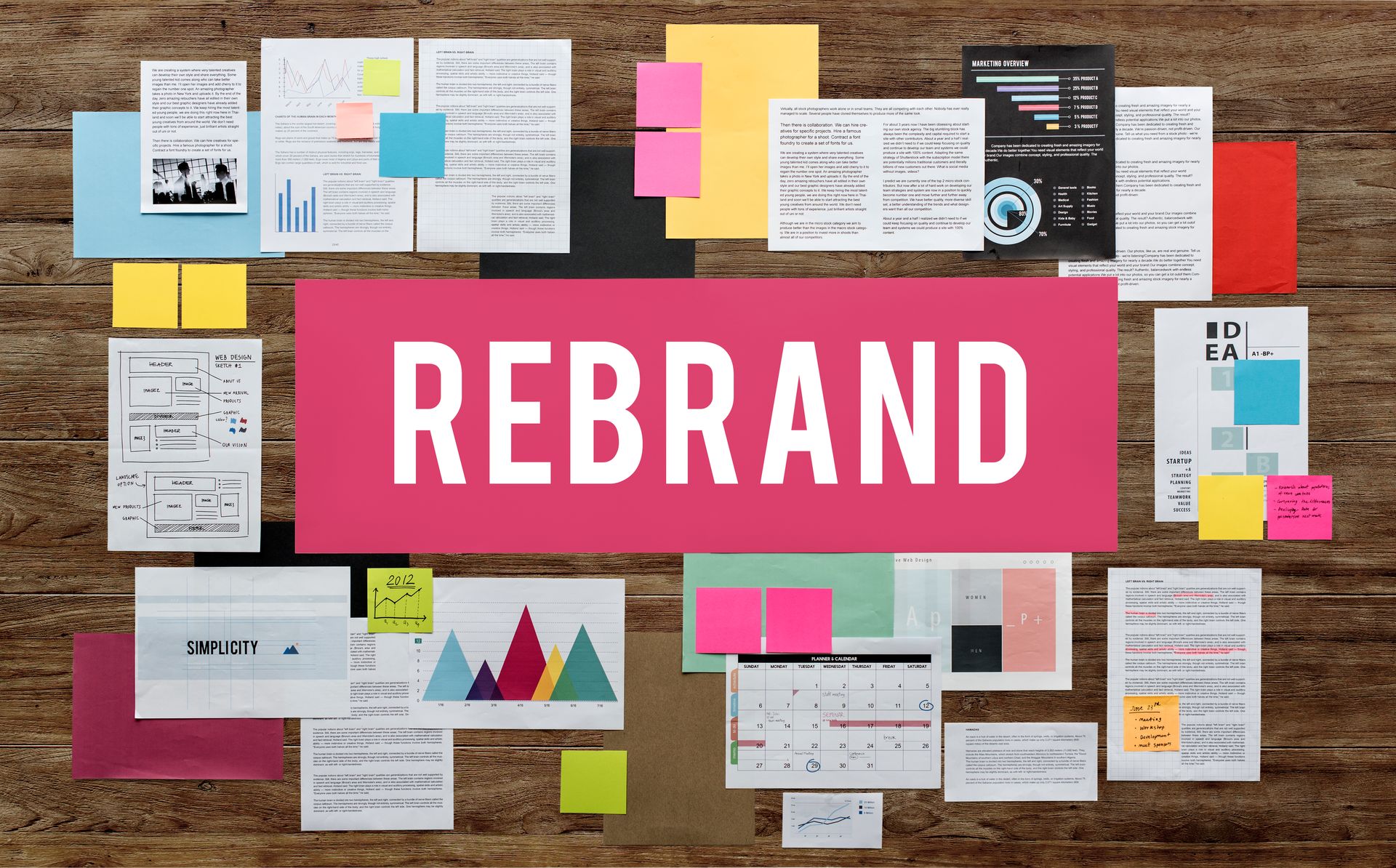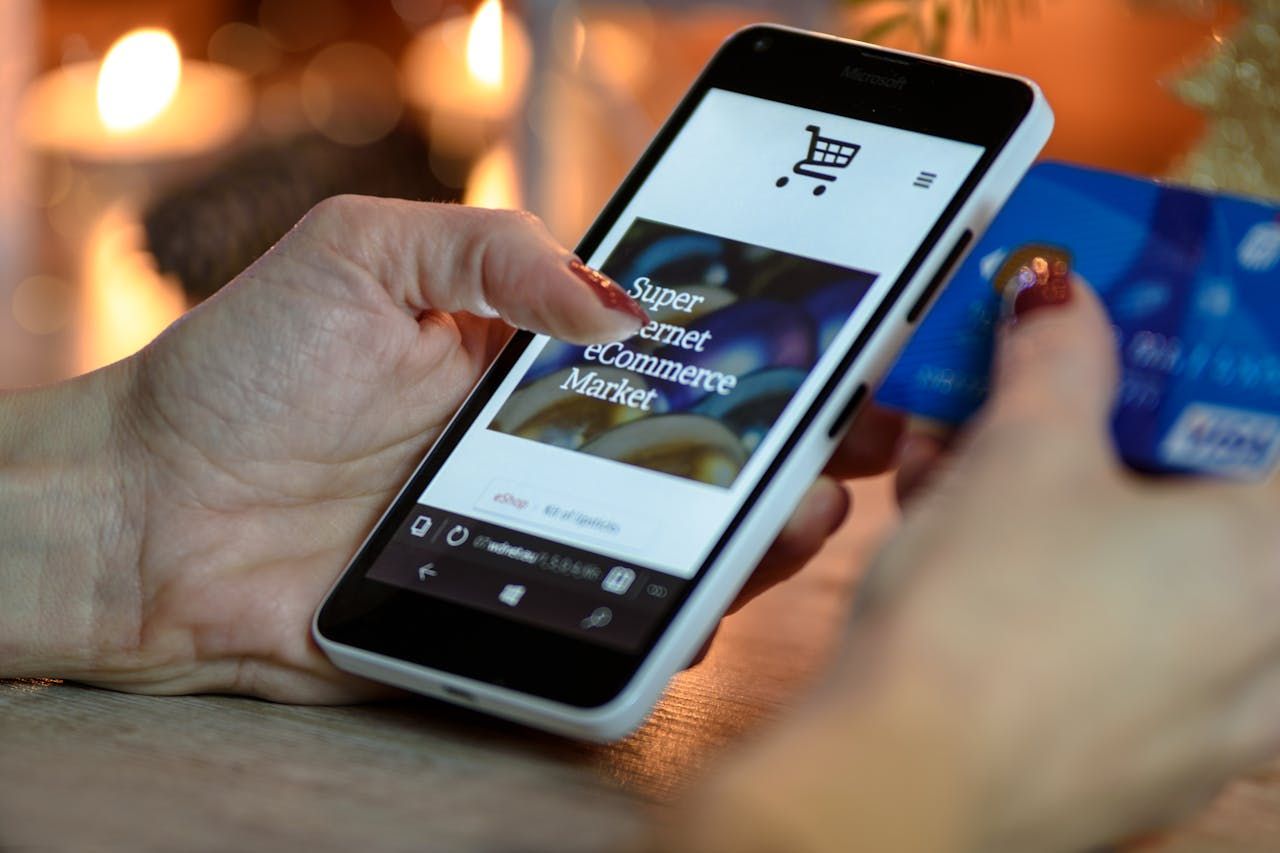The Hidden Value of Alt Text and Accessibility in Social Posts

Most social media strategies are built around timing, hashtags, and eye-catching visuals. But there’s a quieter detail that can transform how your content performs and who it reaches: alt text. More than just a technical checkbox, alt text is a bridge—connecting your content to people who experience the internet differently and helping your message reach places algorithms can't ignore.
What Alt Text Really Does
Alt text (short for “alternative text”) is used to describe images for those using screen readers. It gives people with visual impairments the ability to experience your content. But its purpose stretches well beyond accessibility. Alt text can influence search visibility, improve post clarity, and even shape the way your brand is perceived.
For example, a real estate agent who posts a photo of a cozy farmhouse and uses the alt text, “Charming white farmhouse with wraparound porch at golden hour,” gives visually impaired users more than a label—they give a sense of warmth, time, and character. And at the same time, they’re providing search engines with meaningful data.
A Missed Opportunity for Many Brands
It’s not uncommon to find brands using generic or auto-generated alt text, or skipping it altogether. That’s like printing a beautiful ad and hiding it behind a curtain. Social platforms like Instagram, LinkedIn, and X (formerly Twitter) allow you to add alt text manually, but it’s rarely used with care.
Alt text is an opportunity to tell a microstory or reinforce a message. For brands, this can be especially powerful. A product image can be more than a visual—it can become a narrative touchpoint. Consider:
● Weak alt text: “Sunscreen product photo.”
● Strong alt text: “Mineral sunscreen tube resting on a beach towel with sun hat in background.”
Now you’re painting a lifestyle, not just labeling an object.
The Accessibility Ripple Effect
Accessible content doesn’t just serve those with disabilities—it makes things easier for everyone. Well-structured posts with thoughtful alt text are easier to understand in noisy environments, better for people using voice-enabled devices, and more inclusive for users with cognitive differences or temporary limitations (like a cracked screen or low signal).
And let’s not forget the growing number of digital consumers who notice when accessibility is part of the user experience. Being thoughtful in your content design builds trust. It shows your audience that you’re considering all types of users—not just the majority.
Alt Text and SEO: A Quiet Power Move
Most people think SEO starts and ends with websites. But social media posts are indexed, too—and images are part of that equation. Alt text provides valuable metadata that can boost your content’s discoverability. It may not drive overnight traffic spikes, but over time, strong alt text adds structure to your content archive.
It also improves the performance of your posts in platform-specific algorithms. On LinkedIn, for example, adding alt text can increase engagement, especially when paired with a strong caption. And while Facebook auto-generates alt text, editing it manually gives you more control over context and tone.
Want your social content to be more searchable, more inclusive, and more meaningful? At Maine Street Marketing, we help businesses create content that’s thoughtful, accessible, and designed to reach real people. Contact us to get started.













